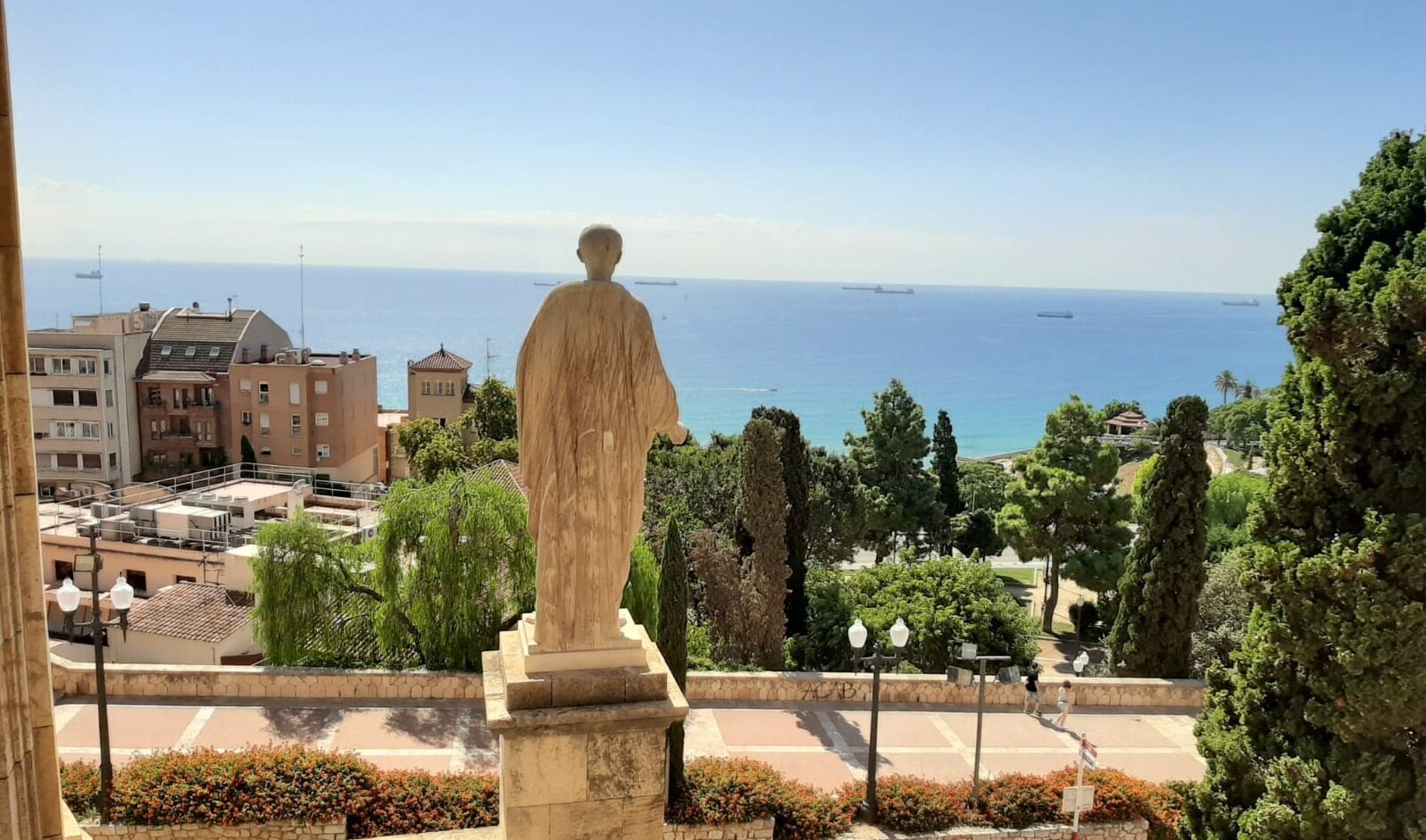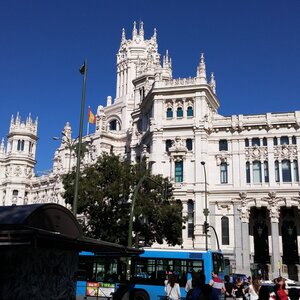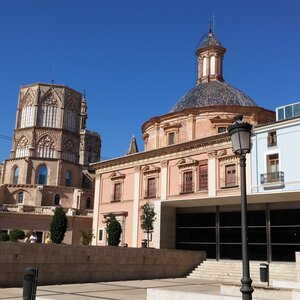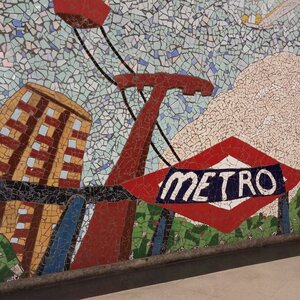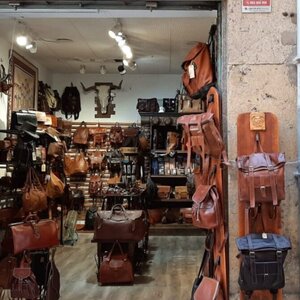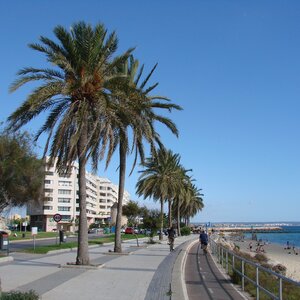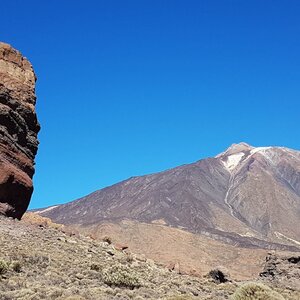The oldest Roman settlement of the Iberian Peninsula, formerly called Tarraco, has preserved many ancient sights. I will tell you how to see the main iconic places of Tarragona in one day.
Start exploring the city by visiting the Tourist Information Center in the Old Town — here you can get a free map and tourist information about Tarragona.
- The tourist office is open from 10:00: weekdays until 18:00, Saturday until 19:00, Sunday until 14:00
Museo de Historia de Tarragona (Tarragona History Museum)
The Museum of History is in charge of 10 important landmarks in Tarragona, which are placed throughout the city.
- The Amphitheater, Roman Circus, Colonial Forum, Praetorium and Roman Walls are open October through March, Tuesday through Friday from 9:00 am to 7:00 pm, Saturday from 9:30 am to 6:30 pm, Sunday from 9:30 am to 2:30 pm. April through September: Tuesday through Saturday 9:00 a.m. to 9:00 p.m., Sunday and holidays until 3:00 p.m. Open Monday only during the summer months from 9:00 a.m. to 3:00 p.m.
- Canals House and Castelarnau House: Tuesday through Friday 9:00 a.m. to 2:30 p.m., weekends 9:30 a.m. to 2:30 p.m., Monday off.
- Ticket price: to one museum unit for an adult — 3,3 €, to 4 objects — 7,4 €, to all objects — 11,05 €. Pensioners and students from 16 years old — from 1.7 € for one object to 5.5 € for all objects. Children under 16 years of age are free of charge.
- Website of the Tarragona History Museum
Roman Amphitheater (Amfiteatre de Tarragona)
This ancient landmark of Tarragona was built in the 2nd century outside the city center, on the Mediterranean coast. The amphitheater seated 12,000 spectators who watched the arena where gladiators fought each other and predators. Here the first Christians were poisoned with wild animals: in 259 the first Christian bishop of Tarragona and two deacons were publicly burned. The Roman amphitheater was accidentally discovered in the middle of the XX century, during the improvement of the city.
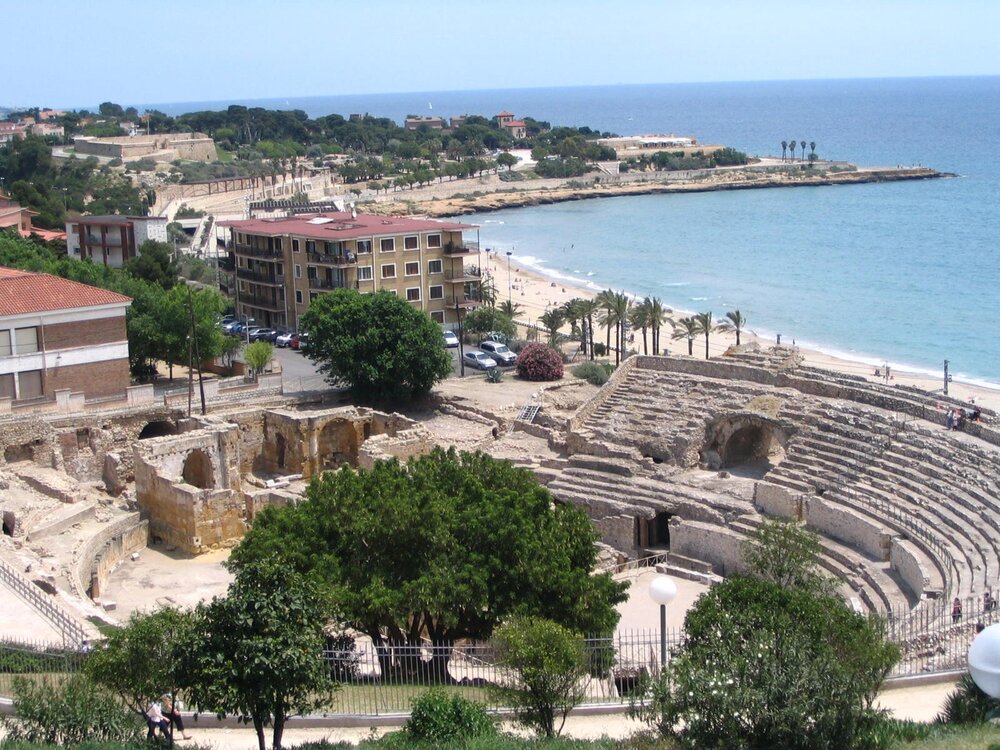
Circ Romà
The circus existed since the 1st century AD and was intended for chariot races with two or four horses. In addition to races, theater and musical performances were held here. With the advent of Christianity, the circus continued to function until the V century. The main part of the building has been destroyed, but you can see fragments of the facade, stone staircases and spectator stands.
Roman Pretorio (Pretorio roma)
This Tarragona landmark, built in the first century, is also called Pilate’s Palace. At one time it was the home of the local procurator, later it was the residence of the Aragonese kings, and from the 17th to the 20th centuries it was a prison. Since 2000, Pretoria has been included in the UNESCO World Heritage List.
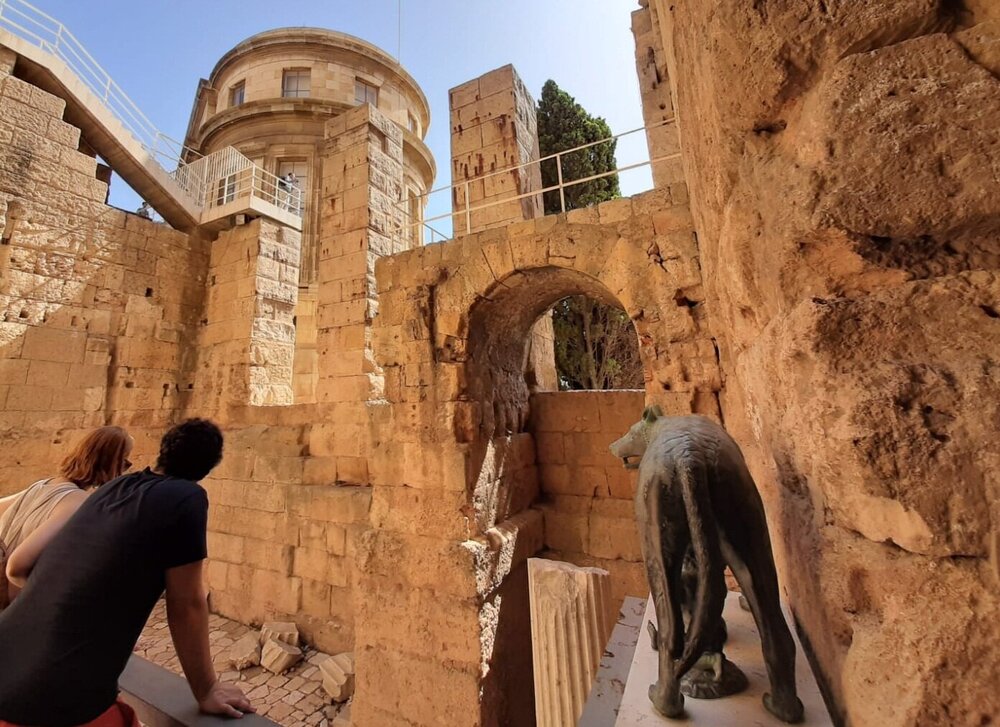
Roman Walls (Muralla Romana)
The fortress wall of ancient Tarraco was built in the 3rd century BC to protect the city. The wall is 12 meters high and 6 meters wide. Of the four kilometers of construction remained intact only a fragment of 1 km long. Along it there is a popular tourist route (Passeig Arqueolgic Muralles), along which you can see copies of the statue of the Capitol She-wolf, the Gate of the Protector, the Towers of Minerva, the statue of Octavian Augustus. The Roman Walls are a UNESCO World Heritage Site and one of the best examples of ancient Roman military architecture preserved to this day.

Roman aqueduct «Devil’s Bridge» (Aqueducto de les Ferreres)
During Roman rule, Tarraco had two aqueducts that supplied the city with water. One of them, dating back to the 1st century BC, still stands today and is located in a park area outside the city. The 27-meter-high aqueduct is placed over a deep gorge, and a hiking trail is laid on its upper part. According to legend, the devil helped build the structure and asked for the soul of the first person to pass through the aqueduct.
- The aqueduct can be visited at any time and is absolutely free of charge.

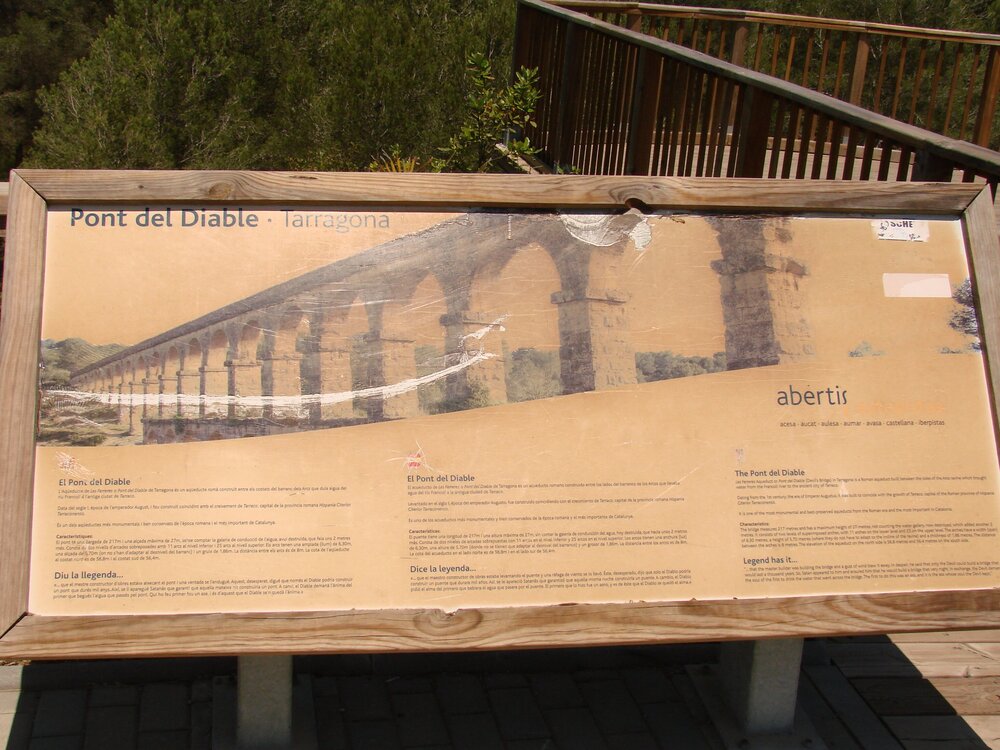
Roman Quarry (Pedrera romana del Mèdol)
Here, in ancient times, golden-colored limestone was quarried for the construction of the city. In the middle of the landmark is a 16 m high stone needle, which served as the initial point of stone extraction.
- The quarry is located 9 km from Tarragona and is open to the public free of charge at any time.
Casa Canals.
A mansion built in the XIV century on Roman ruins. Here you can see the rich interiors of the XIX century: furniture, antiques, paintings.
Casa Castellarnau (House of Castellarnau)
A luxurious house-museum of a wealthy Catalan family, built in the 15th century. The first floor houses a museum of Tarragona’s history, while the first floor displays the interiors where Catalan aristocrats lived.
Roman Colonial Forum (Forum de la Colonia)
One of the first Roman squares, dating back to the 1st century AD. It was the gathering place of the local elite. Nowadays, ruins of the forum remain, including fragments of Roman columns, the treasury, and several temples.
La Volta del Pallol (La Volta del Pallol)
The Gallery of the Roman Forum has become an exhibition hall. It houses a large model of the ancient Roman city.
It is now under renovation and closed to the public.
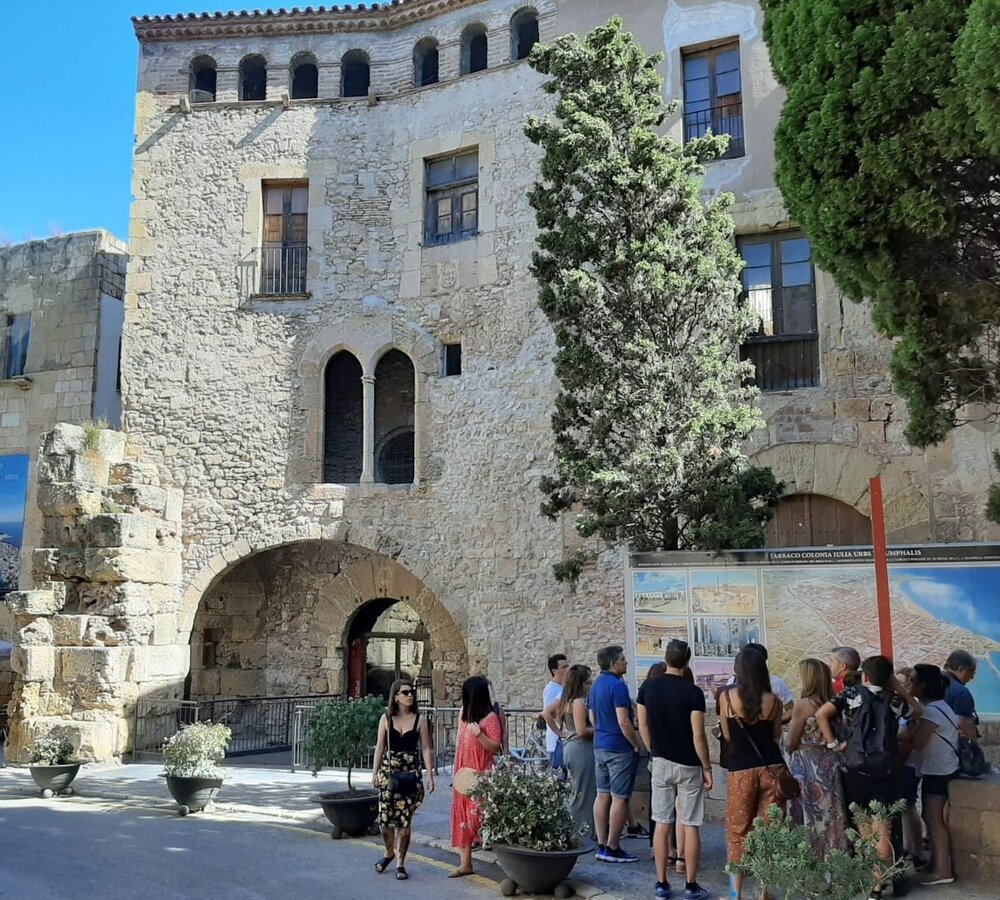
Tarragona Cathedral (Catedral de Tarragona)
The cathedral is located in the center of the Old Town on the site of the Temple of Jupiter, which was destroyed with the advent of Christianity. The cathedral was begun in Romanesque style in the XII century, continued to be built in Gothic style and consecrated in 1331, although it was not completed due to the plague epidemic. Inside you can see a 15th century altar and 14th century stucco ceilings.
- Opening hours vary depending on the date, check the Cathedral’s website for the schedule
- Admission: adults — 5 €, pensioners and students — 4 €, children from 7 to 16 years old — 3 €. Under 6 years old are free of charge.
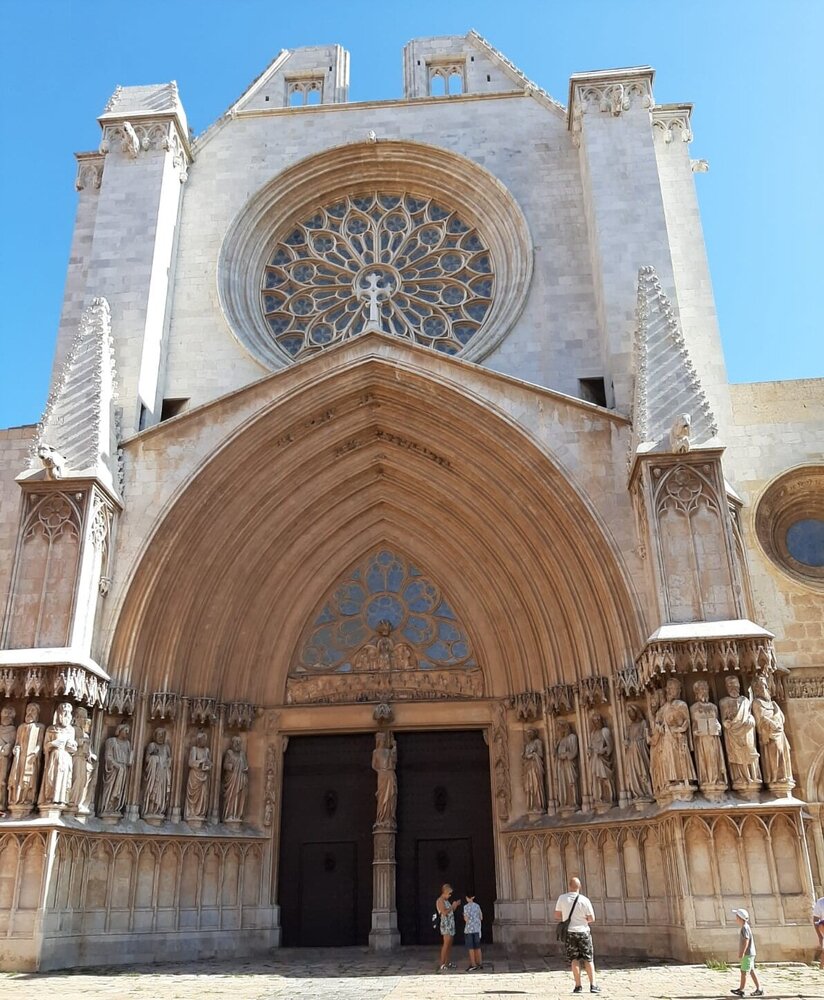
Early Christian Necropolis (Museo y Necròpolis Paleocristiana)
In 1923, during the construction of a tobacco factory, antique burials from the III–V centuries were discovered. The construction was stopped, and after archaeological excavations a museum was opened. Specialists counted 2 thousand burials on the territory of the Necropolis, including Christians tortured in the arena of the Roman amphitheater.
- Open Tuesday through Sunday. Weekends from 10:00 to 14:00. Weekdays June-September 10:00 a.m. to 1:30 p.m. and 4:00 p.m. to 8:00 p.m., other months 9:30 a.m. to 1:30 p.m. and 3:00 p.m. to 5:30—6:00 p.m.
- Admission: 4 €, pensioners and students 2 €, free for children under 16 years old
- Necropolis Museum website
Museum of Modern Art (Museo de Arte Moderno)
Inaugurated in 1976, the museum presents contemporary Catalan art. The museum is housed in three 18th century buildings in the center of the Old Town. In addition to paintings, there are precious jewelry, tapestries, sculptures and furniture.
- Working hours: Tuesday — Friday from 10:00 to 20:00, Saturday from 10:00 to 15:00 and from 17:00 to 20:00, Sunday and holidays from 11:00 to 14:00
- Admission is free
- Website of the Museum of Modern Art
Tarragona Port Museum (Museo del Puerto de Tarragona)
In 2000, a harbor museum with a collection of ancient ships was opened in one of the warehouses. The museum introduces visitors to the history of seafaring and fishing from the time of the Romans in Tarragona to the present day.
- Working hours: Monday — day off, Sunday and holidays from 11:00 to 14:00, weekdays from 9:00—10:00 to 19:00—20:00 with a siesta break from 14:00 to 16:00—17:00. In August, shortened day: from 9:00 to 15:00.
- Admission is free
- Website of the Museum of the Port of Tarragona
Rambla Nova
The busiest street in the city, over 1 km long, starts at Imperial Square and ends at the Balcony of the Mediterranean. Along the promenade there are many different stores, cafes and restaurants. There are street musicians, live sculptures and festive events.
The most famous sculpture of the Rambla Nova is El Monument als castellers. It is dedicated to the national Catalan tradition of building a living pyramid during festive celebrations. The monument is a tower of 259 people, with a child perched on top, with his hand raised upwards, signifying the end of the building of the living pyramid.
You can visit Rambla Nova at any time, but it’s worth considering that most stores will be closed on Sunday.
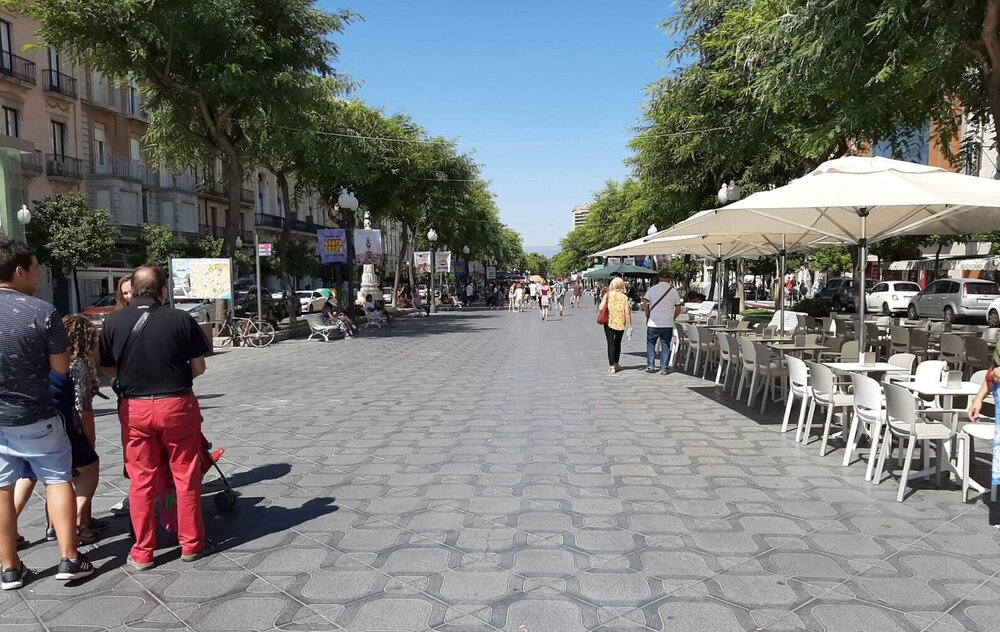
Balcón del Mediterráneo (Balcony of the Mediterranean)
This open-air attraction is located at the end of the Rambla Nova. From the observation deck, 23 meters above sea level, you can see the bay, the port of Tarragona and the amphitheater. The platform is designed in Art Nouveau style. According to legend, good luck awaits those who touch the iron fence of the Mediterranean balcony.
The observation deck is open 24 hours a day and is free of charge.
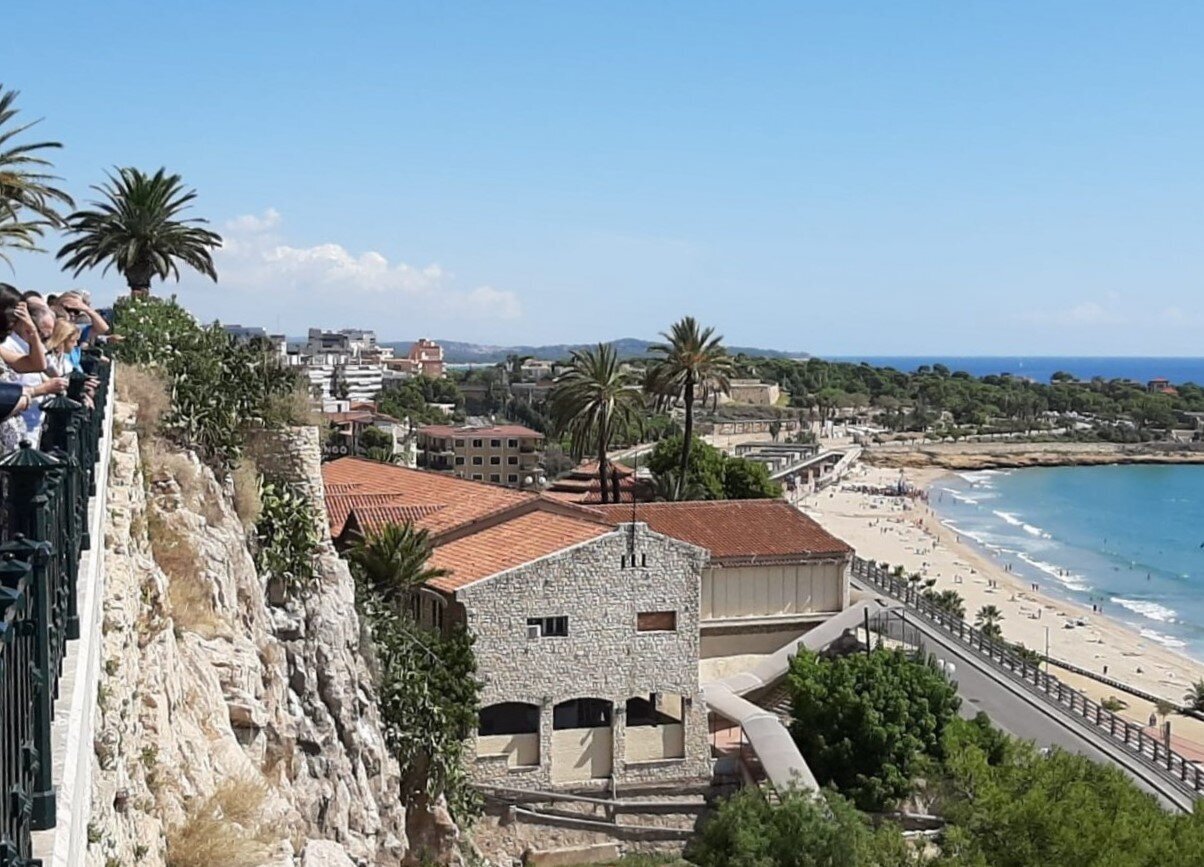
Las playas de Tarragona (Tarragona’s beaches)
The city is located on the Costa Dorada, which is characterized by fine sand of golden color and a gentle descent to the sea.
In Tarragona you can relax on several beaches. Like all beaches in Spain, they are public beaches, so admission is free.
- Miracle Beach (Playa del Miracle). It is located near the amphitheater in the central part of the city. The beach is 75 meters wide and half a kilometer long. The beach is equipped with showers, toilets, there is a medical center. There is a cafe and a restaurant on the territory. There are no beach equipment rentals.
- Arrabassada Beach (Playa de la Arrabassada). Located in the eastern part of Tarragona. The beach with fine sand is marked with the Blue Flag. Its length is 550 meters. The beach is equipped with everything necessary for a comfortable stay, umbrellas and sun beds are available for rent.
- Playa de la Savinosa (Savinosa Beach). A small nudist beach 350 meters long and 30 meters wide. It is marked by the Blue Flag for cleanliness. There are showers and toilets on the territory.
- Largo Beach (Playa Larga). The largest and most popular city beach is 3 km long. On the territory of the beach you can rent sun beds and umbrellas, there are showers, toilets and changing cabins. Cafes, bars and restaurants are open here in summer. There are children’s and sports grounds, and water sports equipment can be rented at the yacht club.
Read more about Tarragona’s beaches on the website.
Useful information
Tarragona tourism website

